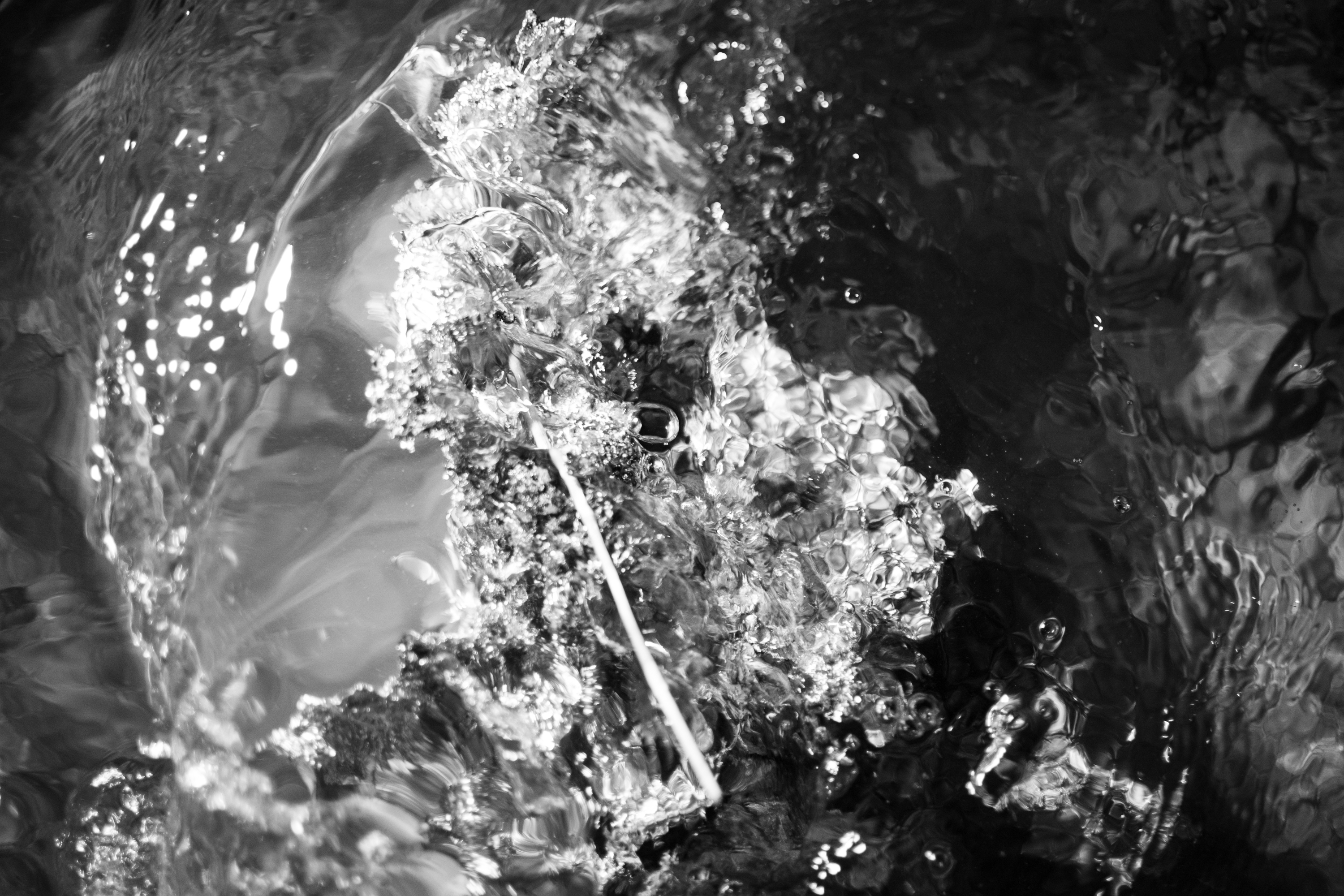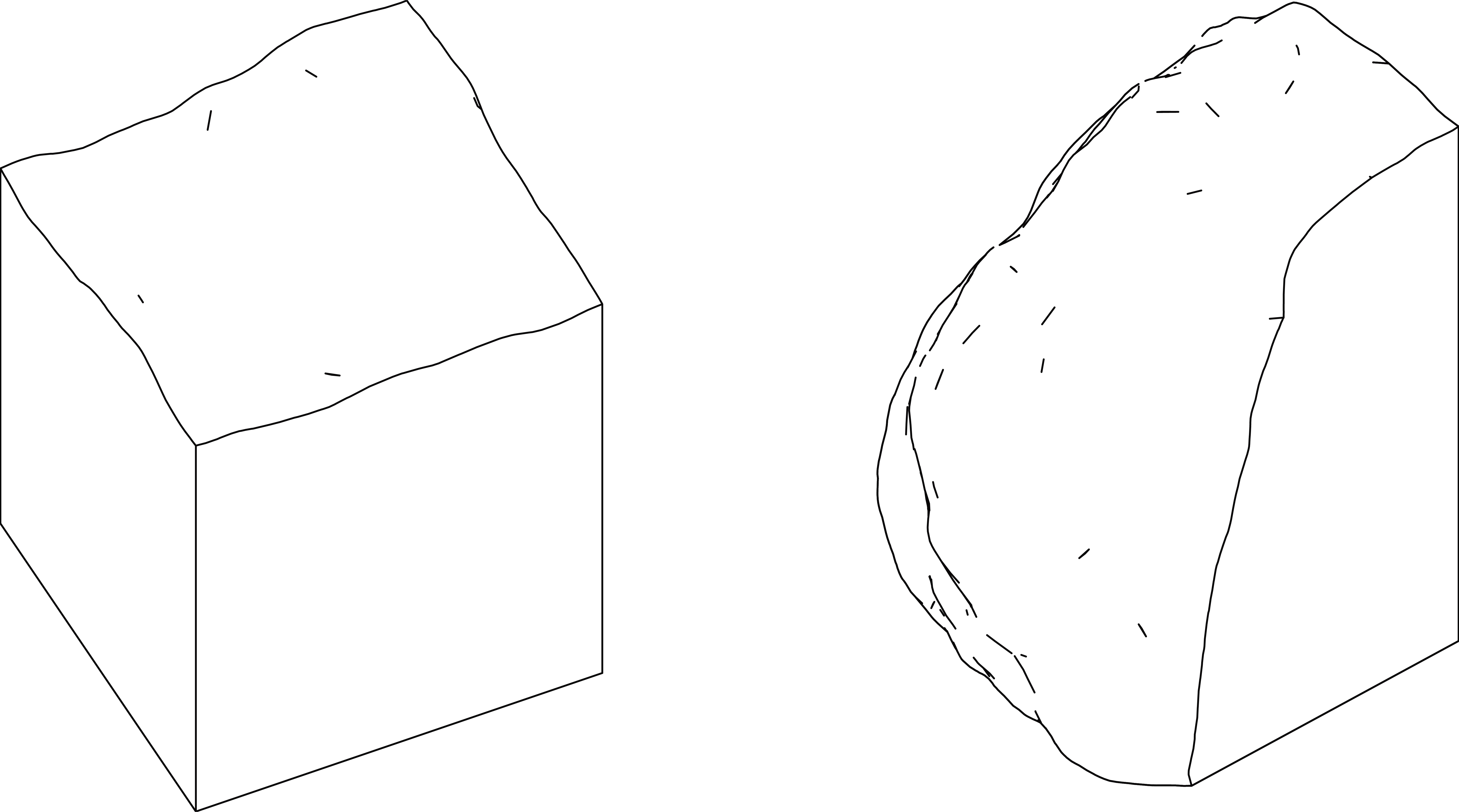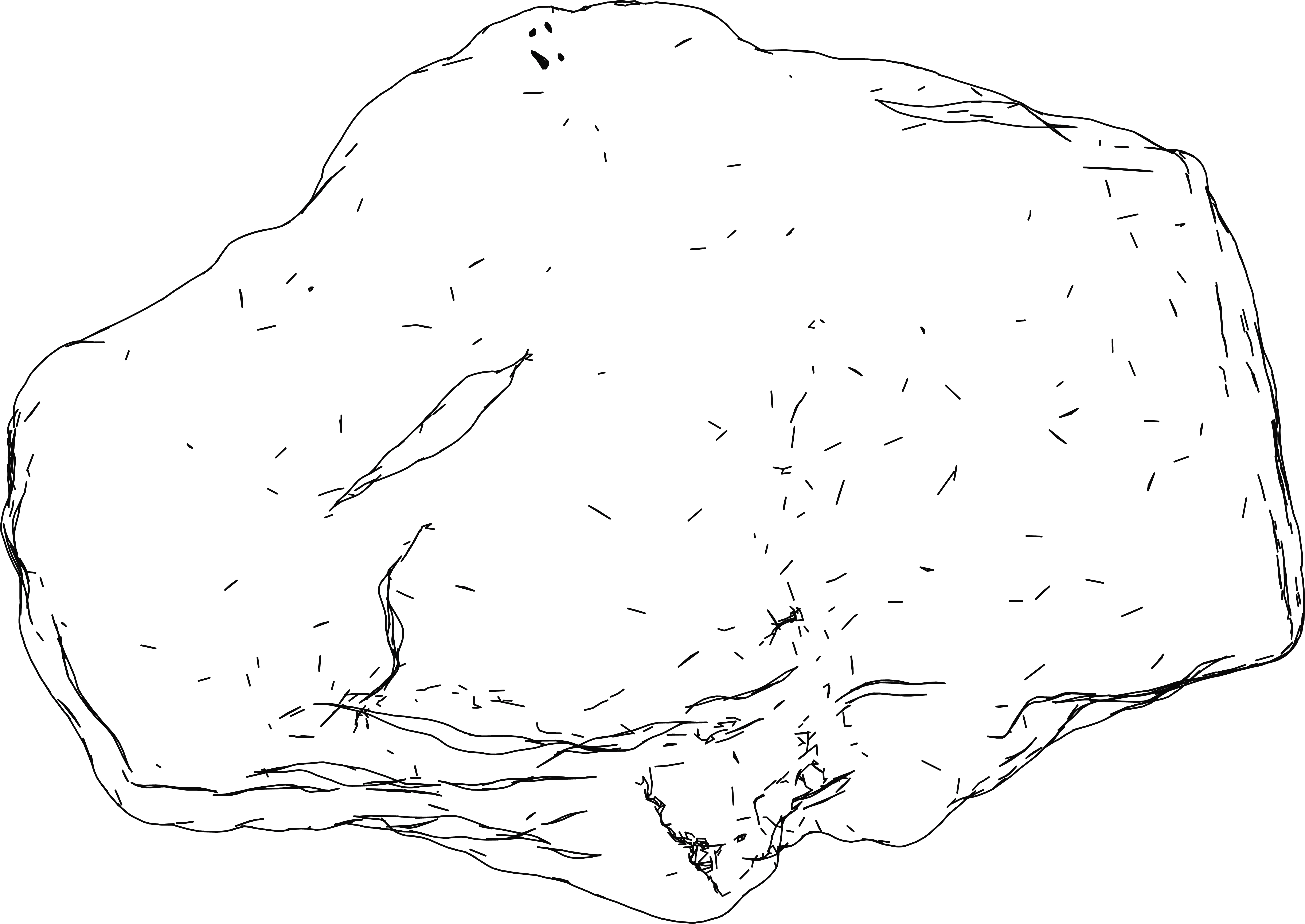It marks the inexperienced that he does not believe in coincidence.

Design processes often follow a clear deterministic structure, potentially sacrificing creativity and motivation.
An alternative approach to address this issue is introducing an element of randomness. In this work, randomness is integrated into the traditional design process and explored. Various experiments were conducted, leading to the development of three methods visually represented in stools. This study provides new insights and methods for future designers, encouraging fresh perspectives in the design field.
This work was supported by Werner Baumhakl, Pia Scharf, and Martin Siegrist. And was honored with the BA Award from the Swiss Design Association.
In a series of experiments, an attempt was made to challenge conventional design patterns, with one focusing on naturalistic randomness. Multiple metal casts were created in flowing streams, drawing inspiration from the well-known New Year's tradition of lead casting, where the resulting metal piece supposedly predicts the next year. The fascination with superstitions surrounding randomness led to the sculpting of intriguing forms. Each form captured a randomly determined moment in a water flow, resulting in unique and unrepeatable shapes. This process became a form of documentation of naturalistic randomness, stemming from the reinterpretation of a simple tradition.
Following the experimental phase, I established a scenario with a specific focus on stools. In this context, I developed three methods designed to encourage the interplay between randomness and the designer. The objective is to reintroduce an element of unpredictability into the design process, where not every component is entirely deterministic. These methods serve as a means to foster a more dynamic and less rigid design approach.
Regenerate
Following the experimental phase, I established a scenario with a specific focus on stools. In this context, I developed three methods designed to encourage the interplay between randomness and the designer. The objective is to reintroduce an element of unpredictability into the design process, where not every component is entirely deterministic. These methods serve as a means to foster a more dynamic and less rigid design approach.
Regenerate



The first method is inspired by artificial intelligence, which is gaining significance in the design industry. However, AI is limited in its ability to create genuinely new concepts, relying on existing data and recombining it. In response, the idea is to develop an algorithm influenced by randomness to introduce a genuinely novel component. While algorithms cannot generate true randomness, this can be altered by integrating a random seed component.
Furthermore, the project emphasizes seamless integration into everyday life. The algorithm is intentionally designed to be accessible and understandable for all users.
Furthermore, the project emphasizes seamless integration into everyday life. The algorithm is intentionally designed to be accessible and understandable for all users.
The second method relies on pre-existing data or randomly generated patterns extracted using grids. The objective is to facilitate easy application across various projects. This allows for not only large-scale extrusions but also reductions to radii or surface dimensions. In this method, the specific focus is on stools, drawing inspiration from the work of François Morellet and his methods of visualising data in his Work.




The third method focuses on the naturalistic randomness approach mentioned earlier, encouraging designers to seek random natural inspirations in their environment. To illustrate this, a small example has been developed. This method serves as a refreshing change in the design routine and is more likely a motivating exercise.
The application of this method involves taking a walk and collecting photos or imprints as sources of inspiration. Specifically relating this to the stool concept, the theme is also connected to the idea of active sitting in nature. The inspiration for this method comes from the Boyle family.
The application of this method involves taking a walk and collecting photos or imprints as sources of inspiration. Specifically relating this to the stool concept, the theme is also connected to the idea of active sitting in nature. The inspiration for this method comes from the Boyle family.
To validate each of the three methods, a stool was implemented for each. The image shows a stool based on the naturalistic method, inspired by stones. Each stool was created within a timeframe of two days, following a rapid prototyping approach. When allowing randomness in design, it's essential not to overthink the process, emphasizing a spontaneous and experimental approach.
The focal point of this work is the resulting book, which meticulously explains all experiments and methods over 200 pages. The book doesn't serve as a comprehensive guide but rather as a form of inspiration on how new components can refresh the design process and break away from familiar aesthetics.
The book is available for reading [here].
The book is available for reading [here].

